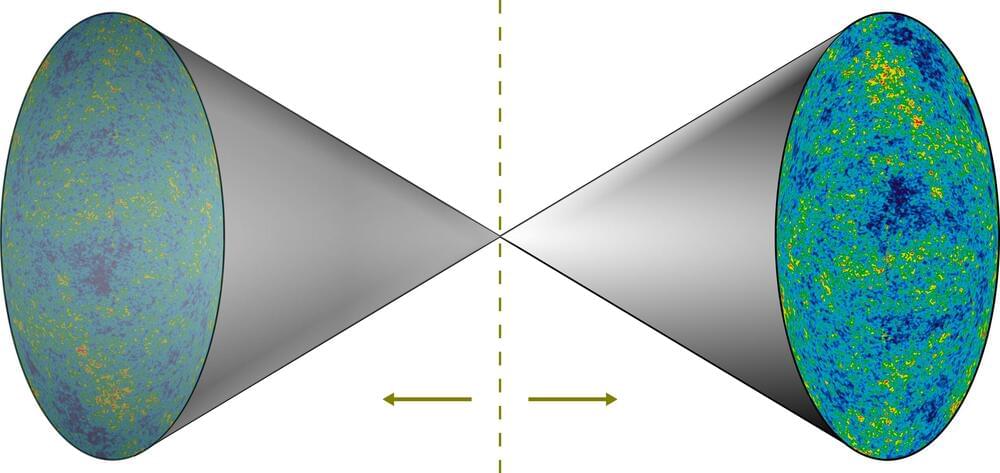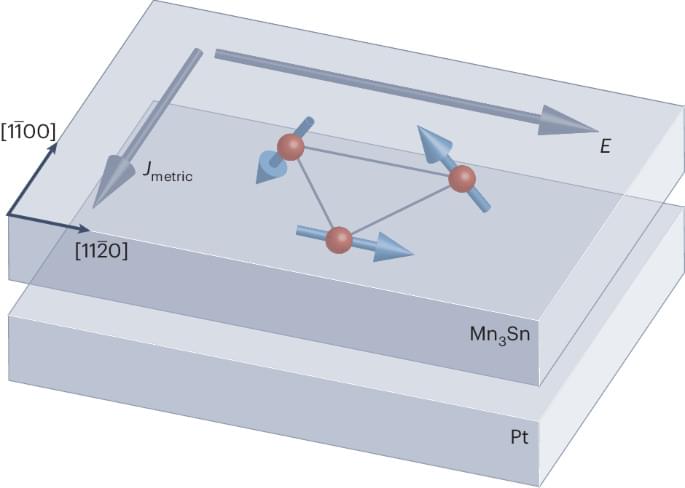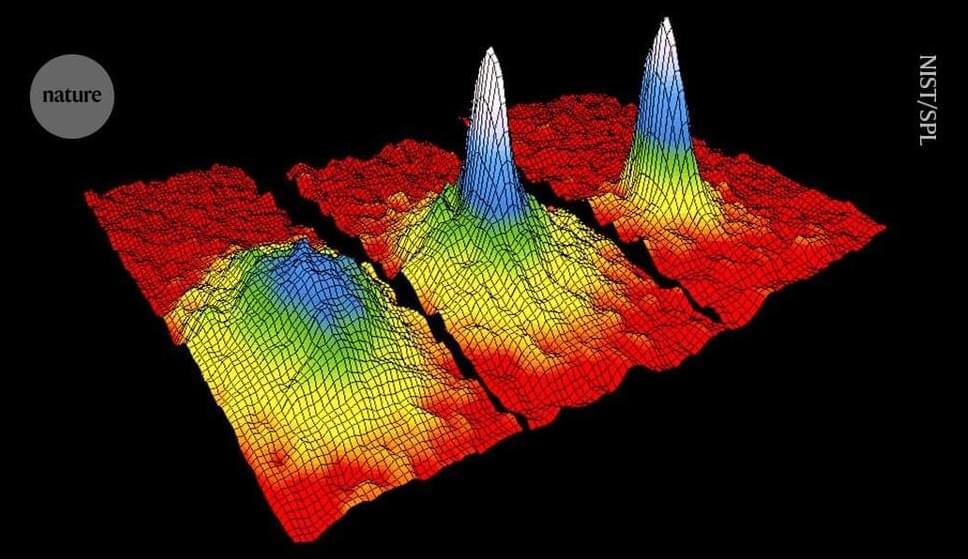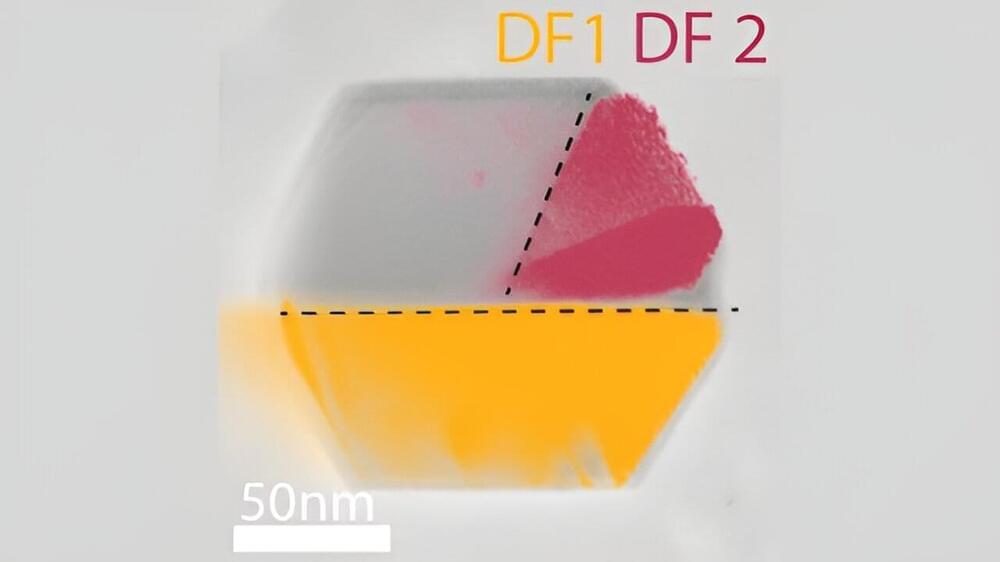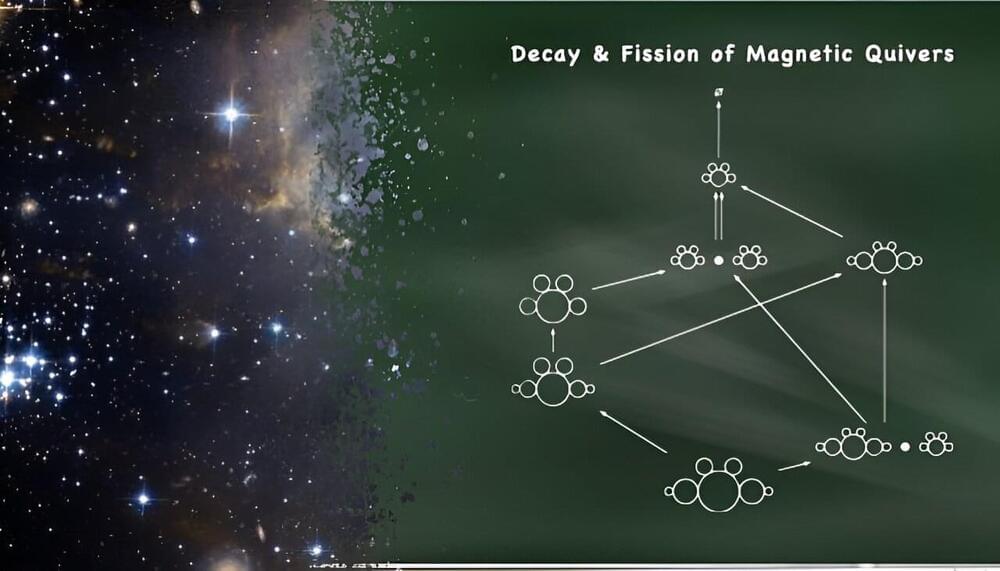Jun 5, 2024
Google’s Quantum AI Challenges Long-Standing Physics Theories
Posted by Saúl Morales Rodriguéz in categories: information science, particle physics, quantum physics, robotics/AI
Quantum simulators are now addressing complex physics problems, such as the dynamics of 1D quantum magnets and their potential similarities to classical phenomena like snow accumulation. Recent research confirms some aspects of this theory, but also highlights challenges in fully validating the KPZ universality class in quantum systems. Credit: Google LLC
Quantum simulators are advancing quickly and can now tackle issues previously confined to theoretical physics and numerical simulation. Researchers at Google Quantum AI and their collaborators demonstrated this new potential by exploring dynamics in one-dimensional quantum magnets, specifically focusing on chains of spin-1/2 particles.
Continue reading “Google’s Quantum AI Challenges Long-Standing Physics Theories” »


